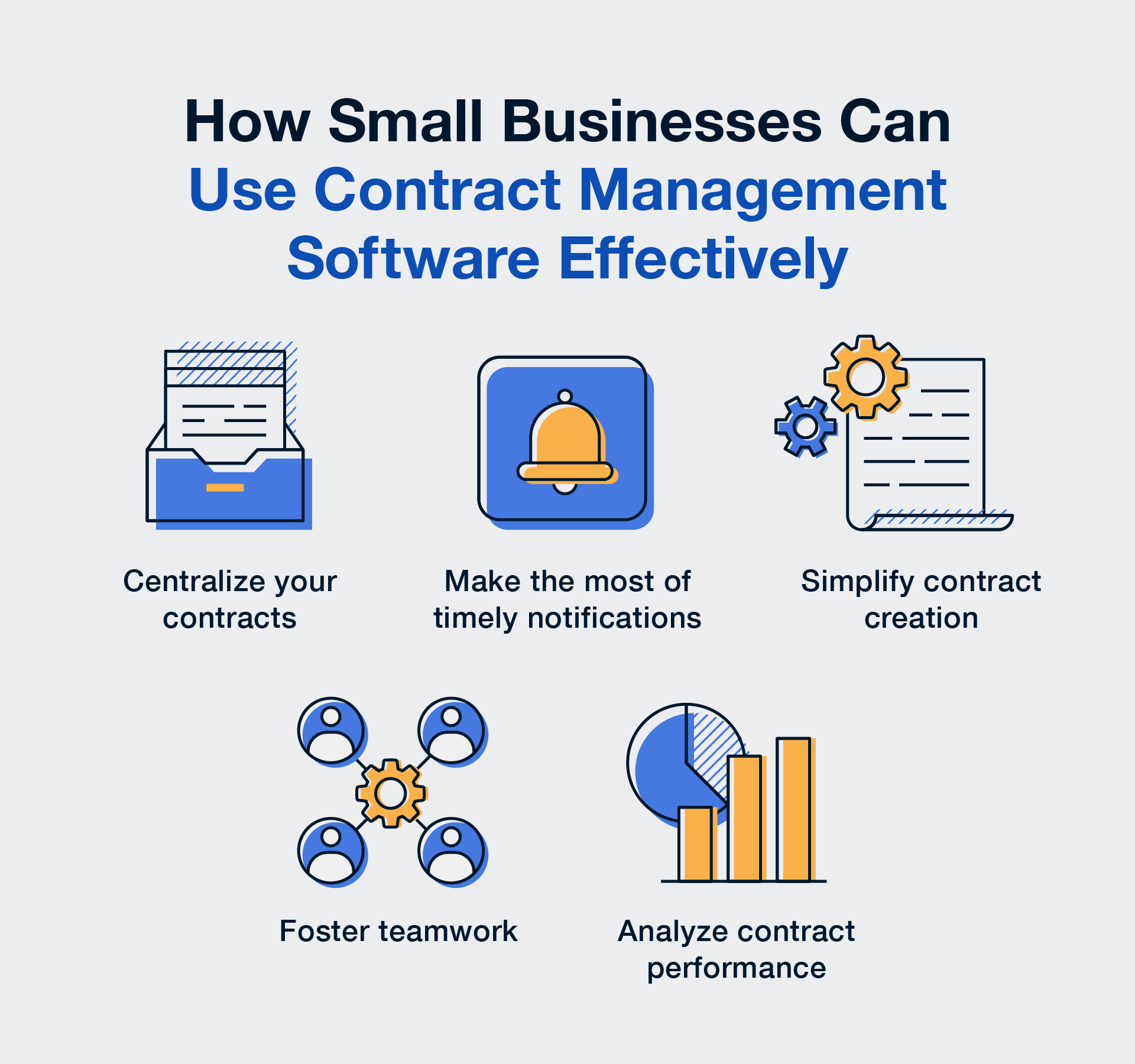What is Intellectual Property?
Intellectual property (IP) refers to creations of the mind that have commercial value and are legally protected through exclusive rights. This includes inventions, artistic works, software code, designs, logos, brand names, and trade secrets.
IP is typically divided into four major categories:
-
Patents – Protect inventions and processes.
-
Trademarks – Protect brand identifiers like names, logos, and slogans.
-
Copyrights – Protect creative works such as written content, music, and software.
-
Trade Secrets – Protect confidential business information with competitive value.
Contracts involving intellectual property—such as licensing agreements, NDAs, and service contracts—specify how IP is owned, used, and transferred between parties.
Why Intellectual Property Matters
Intellectual property represents some of the most valuable assets a company owns. Clear IP terms in contracts protect against unauthorized use, theft, and ownership disputes.
Strong IP management and contract clauses help organizations:
-
Define who owns IP created during a partnership or project.
-
Control how IP can be used, sublicensed, or shared.
-
Prevent infringement or misappropriation.
-
Preserve competitive advantage and brand integrity.
-
Monetize innovations through licensing or joint ventures.
Without well-defined IP terms, businesses risk losing control of their most valuable ideas or facing costly legal challenges.
Best Practices for Intellectual Property in Contracts
-
Define ownership clearly — especially for jointly developed or work-for-hire projects.
-
Include IP indemnification clauses to protect against third-party infringement claims.
-
Use NDAs to safeguard trade secrets and proprietary data during negotiations.
-
Register IP assets (patents, trademarks, copyrights) in relevant jurisdictions.
-
Monitor and enforce IP rights to prevent misuse or dilution.
Example of Intellectual Property in Practice
A marketing agency signs a service agreement specifying that all creative assets produced for the client—including brand designs and copy—become the client’s intellectual property upon payment, while the agency retains ownership of its proprietary templates.





